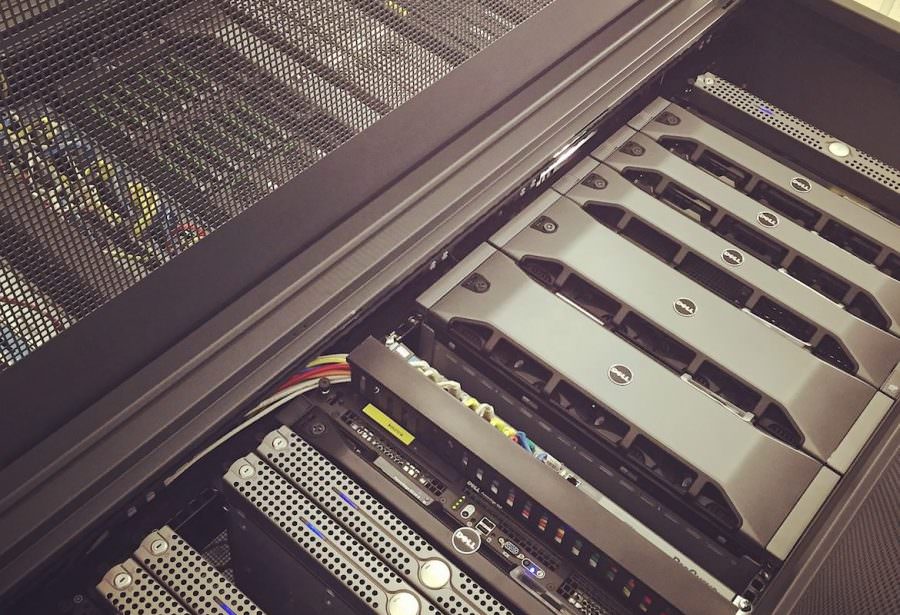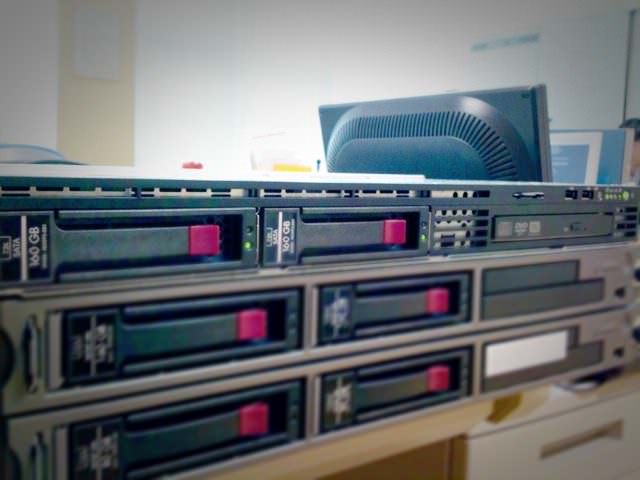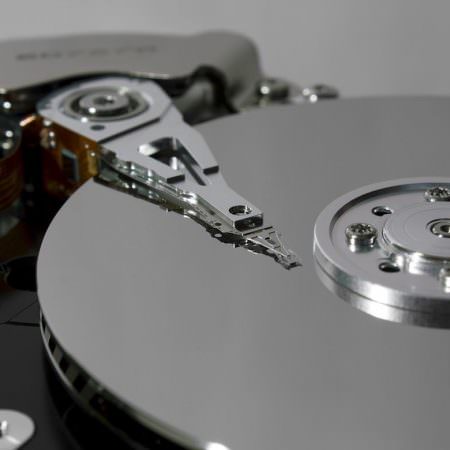
How to Enable Write Cache

HP ProLiant DL320 G5/G5p
$ time createdb -E UTF8 -T template0 xyz
real 0m46.307s user 0m0.048s sys 0m0.016s
遅い、 何この遅さは・・・うたた寝できそうなくらい遅い。
ちなみに、ハードウェアはHP ProLiant DL320 G5p(lspci) 。 OSは、Debian GNU/Linux 6.0(kernel 2.6.32-5-686)。
同機種の同じ構成のもので同じことやってみたけど、こんなに遅くない。
dmesgを確認してみると、ディス書込み時のキャッシュが無効になっていることが分かったので、dmesgに以下のように表示されることを目標にして色々と調べました。
【After】
[sda] Write cache: enabled, read cache: enabled, doesn't support DPO or FUA
【Before】
[sda] Write cache: disabled, read cache: enabled, doesn't support DPO or FUA
ここら辺(How to Enable Drive Write Cache on SATA Hard Drives for HP ProLiant ML and DL Servers)を当たってみたんだけど、ちょっと違う。HPのサポートに問い合わせたけど、故障ではない、情報を持っていないと言われたので、やっぱり自分で何とかしようと意を決することに。
途中、「BIOS not installed!」なんてことになってフラフラになりながら解に到達。
LSI LogicのコントローラーでRAID 1構成を取っているので、LSIのオフィシャルに何か情報ないかなと探したら、「LSI UTIL」というユーティリティーが配布されていまして、このユーティリティを使ってWrite cacheを有効にできます。
# ./lsiutil LSI Logic MPT Configuration Utility, Version 1.62, January 14, 2009 1 MPT Port found Port Name Chip Vendor/Type/Rev MPT Rev Firmware Rev IOC 1. /proc/mpt/ioc0 LSI Logic SAS1068E B3 105 01172800 0 Select a device: [1-1 or 0 to quit] 1 1. Identify firmware, BIOS, and/or FCode 2. Download firmware (update the FLASH) 4. Download/erase BIOS and/or FCode (update the FLASH) 8. Scan for devices 10. Change IOC settings (interrupt coalescing) 13. Change SAS IO Unit settings 16. Display attached devices 20. Diagnostics 21. RAID actions 22. Reset bus 23. Reset target 42. Display operating system names for devices 43. Diagnostic Buffer actions 45. Concatenate SAS firmware and NVDATA files 59. Dump PCI config space 60. Show non-default settings 61. Restore default settings 66. Show SAS discovery errors 69. Show board manufacturing information 97. Reset SAS link, HARD RESET 98. Reset SAS link 99. Reset port e Enable expert mode in menus p Enable paged mode w Enable logging Main menu, select an option: [1-99 or e/p/w or 0 to quit] 21 1. Show volumes 2. Show physical disks 3. Get volume state 4. Wait for volume resync to complete 23. Replace physical disk 26. Disable drive firmware update mode 27. Enable drive firmware update mode 30. Create volume 31. Delete volume 32. Change volume settings 33. Change volume name 50. Create hot spare 51. Delete hot spare 99. Reset port e Enable expert mode in menus p Enable paged mode w Enable logging RAID actions menu, select an option: [1-99 or e/p/w or 0 to quit] 32 Volume 0 is Bus 0 Target 1, Type IM (Integrated Mirroring) Volume 0 Settings: write caching disabled, auto configure Volume 0 draws from Hot Spare Pools: 0 Enable write caching: [Yes or No, default is No] Yes Offline on SMART data: [Yes or No, default is No] return Auto configuration: [Yes or No, default is Yes] return Priority resync: [Yes or No, default is No] return Hot Spare Pools (bitmask of pool numbers): [00 to FF, default is 01] return RAID ACTION returned IOCLogInfo = 00010005 RAID actions menu, select an option: [1-99 or e/p/w or 0 to quit] 0 Main menu, select an option: [1-99 or e/p/w or 0 to quit] 0 Port Name Chip Vendor/Type/Rev MPT Rev Firmware Rev IOC 1. /proc/mpt/ioc0 LSI Logic SAS1068E B3 105 01172800 0 Select a device: [1-1 or 0 to quit] 0
OS再起動後にもう一度、PostgreSQLでcreatedbした結果。
$ time createdb -E UTF8 -T template0 xyz
real 0m0.651s
user 0m0.052s
sys 0m0.008s
まずまずの結果が出ました。









この記事へのコメントはありません。